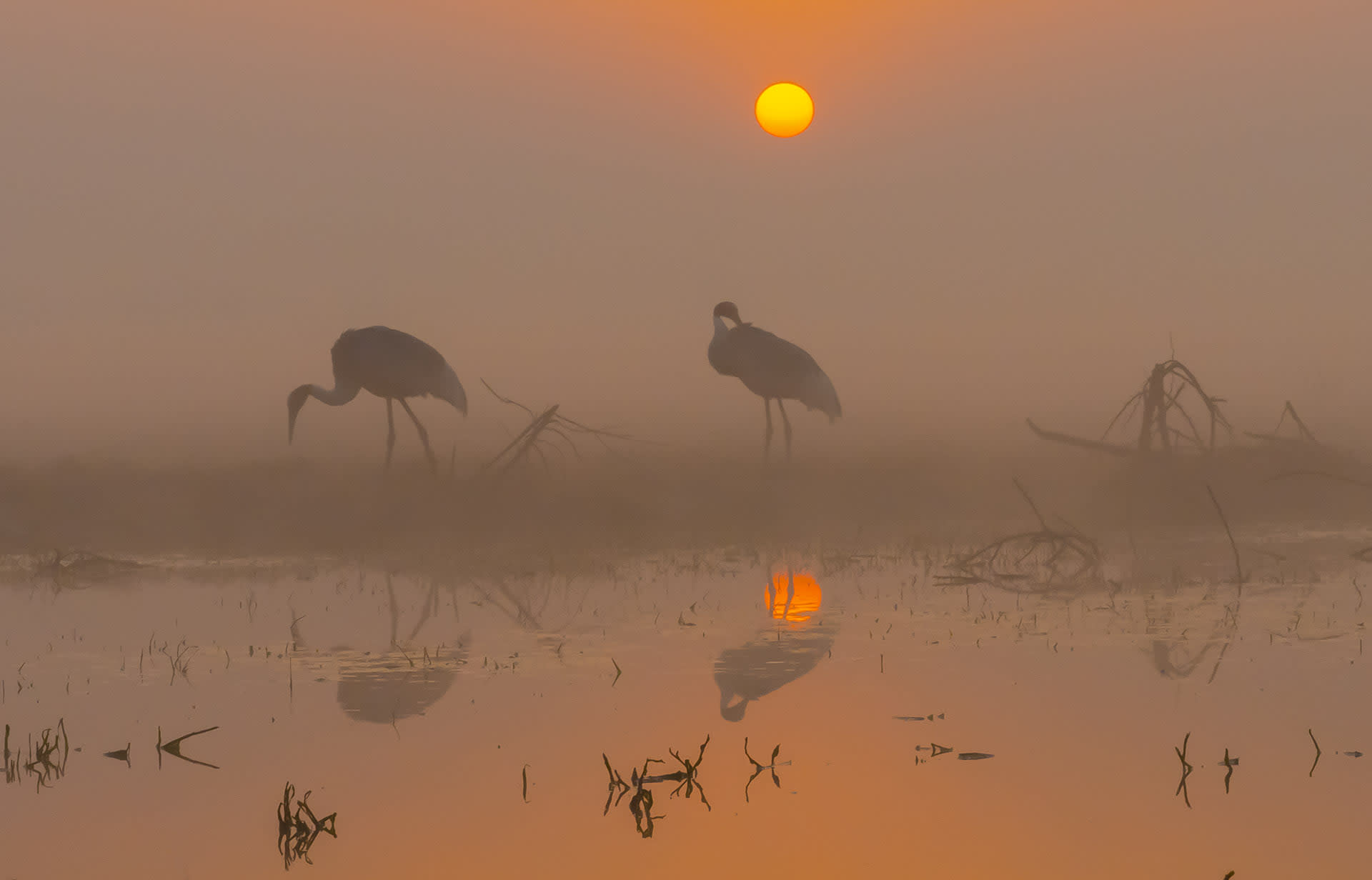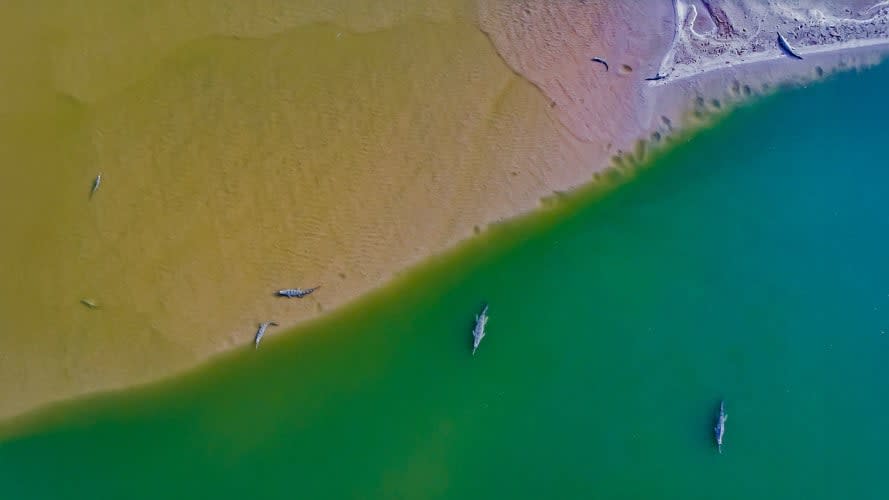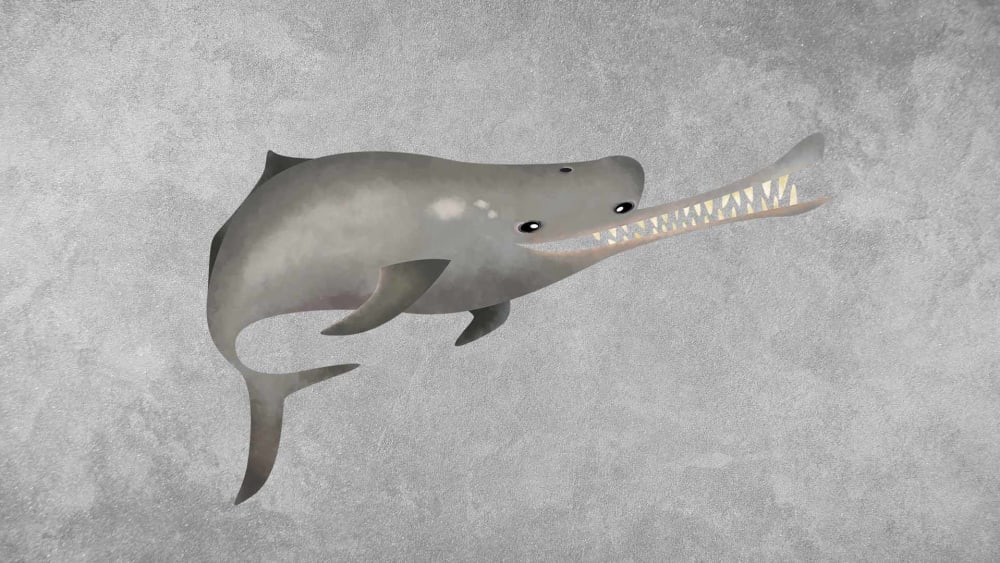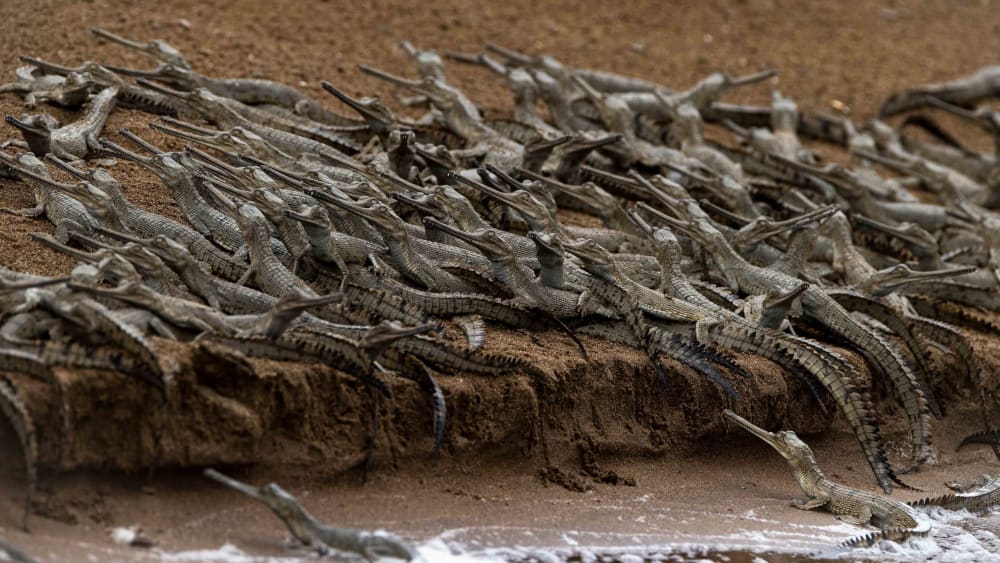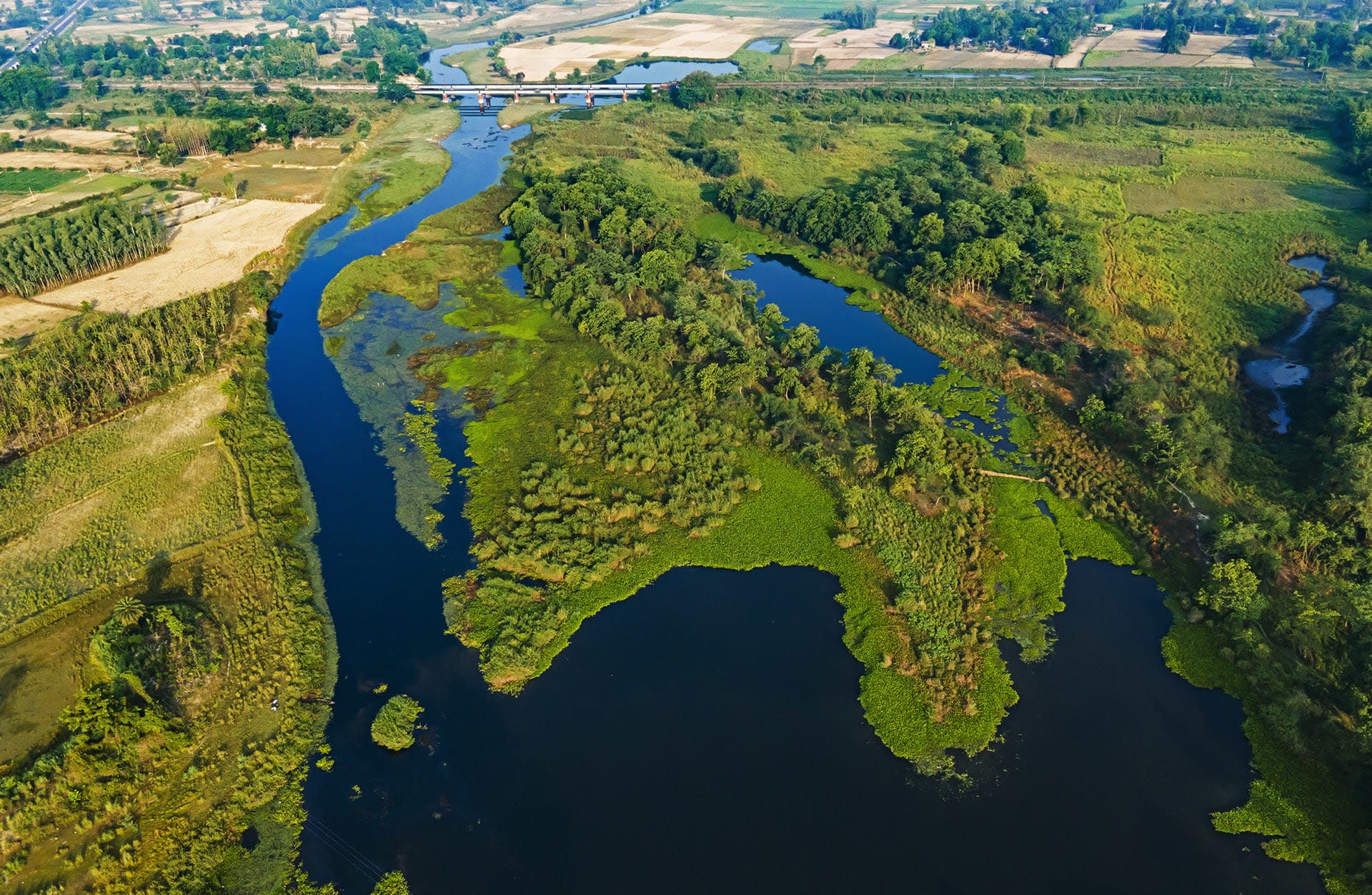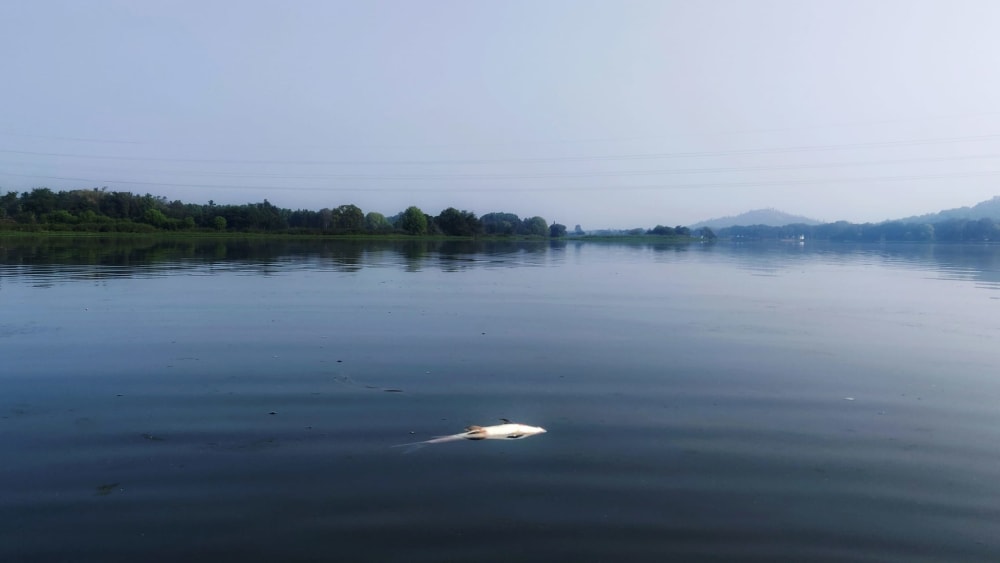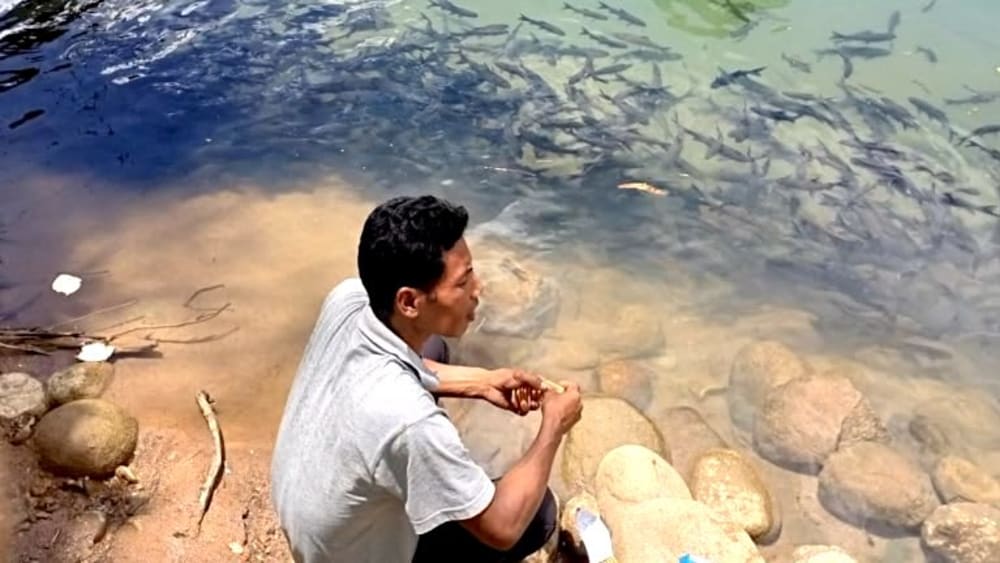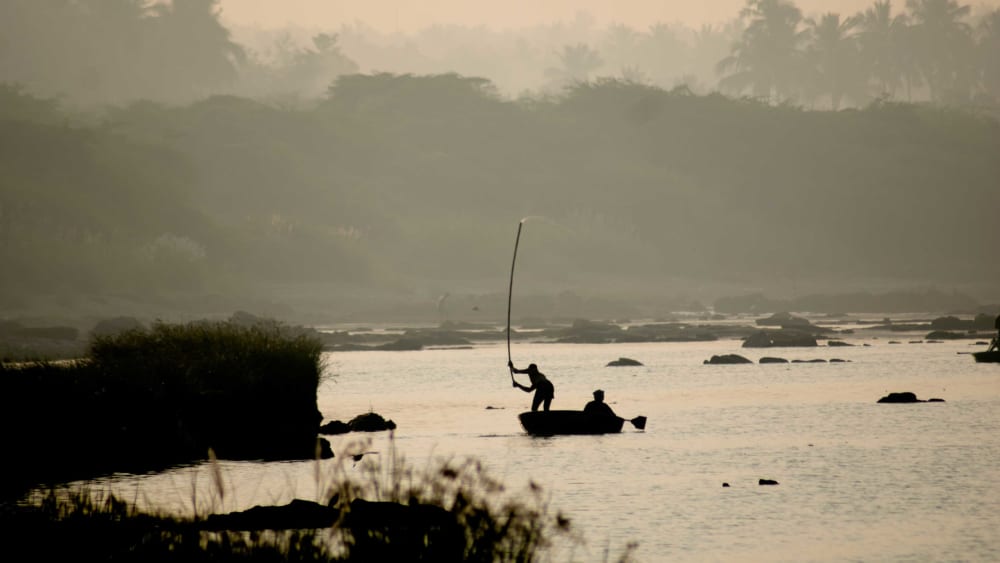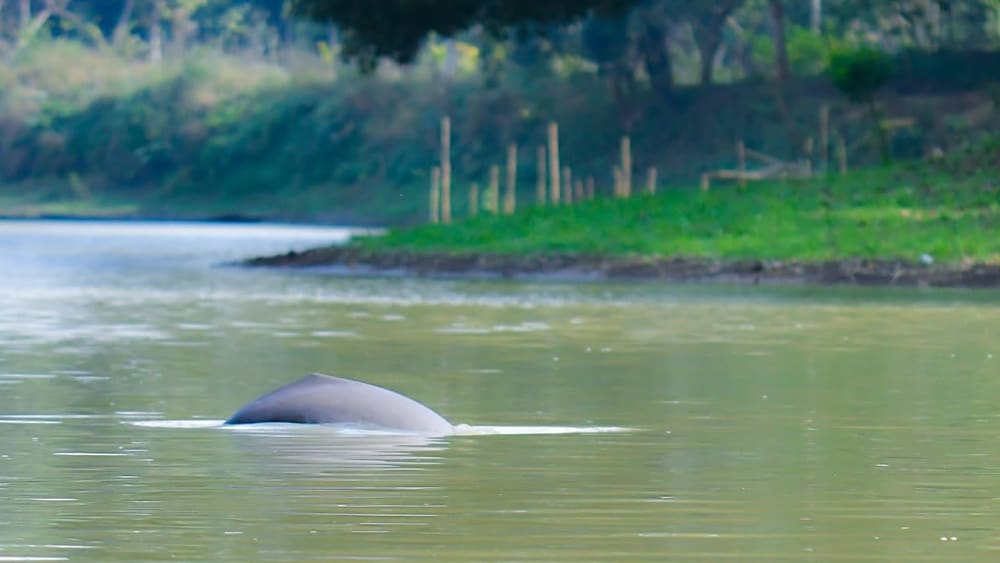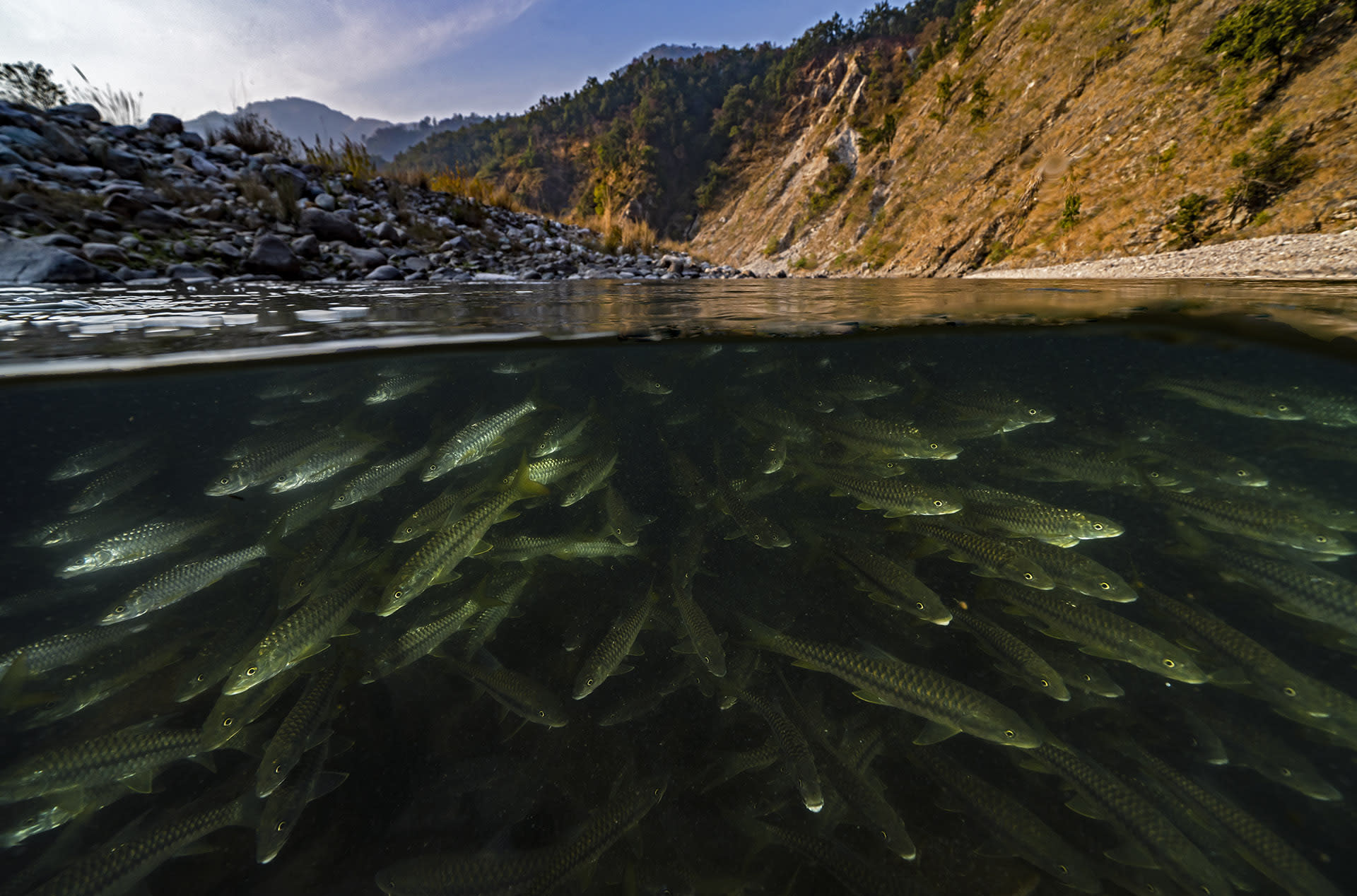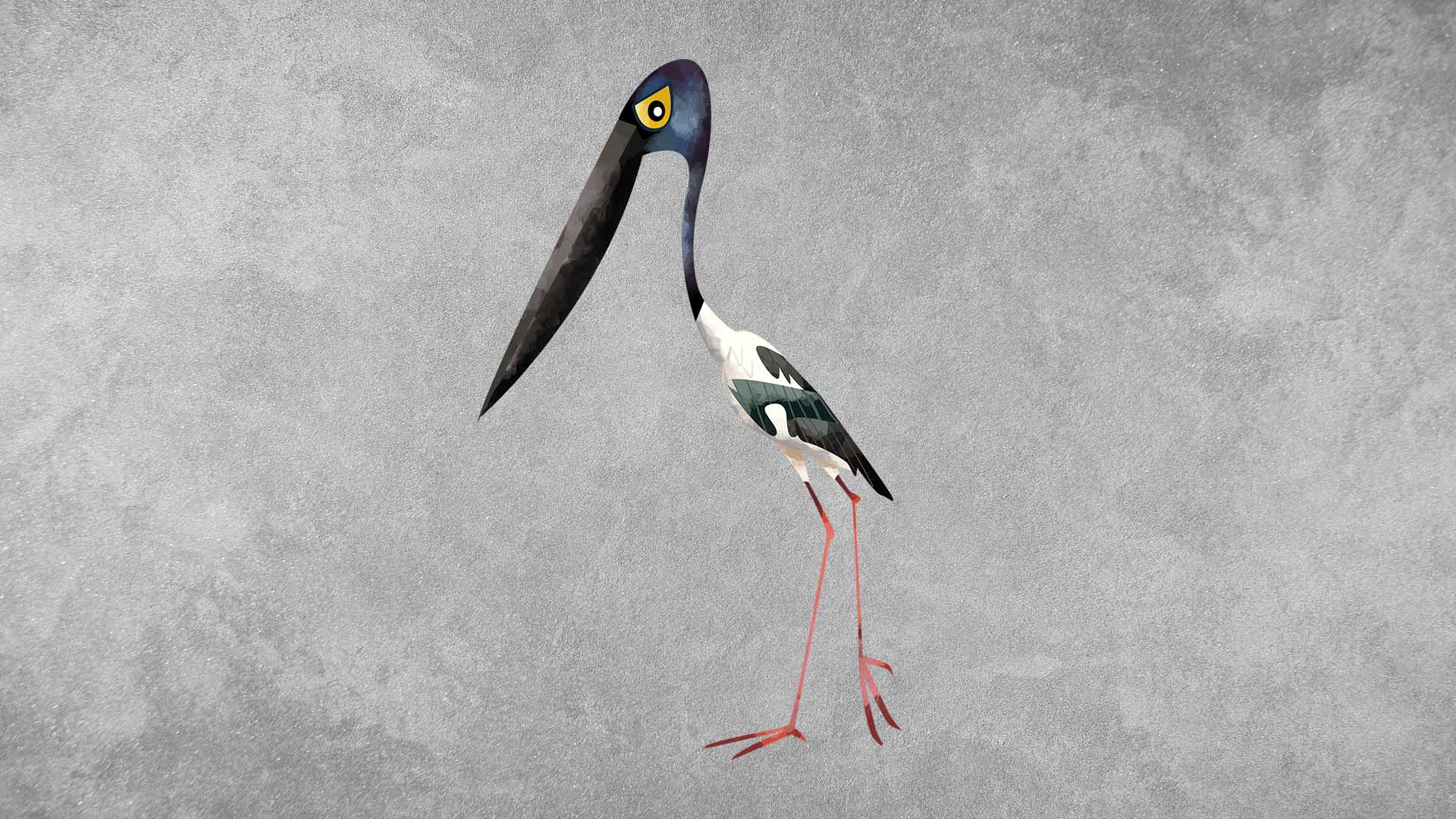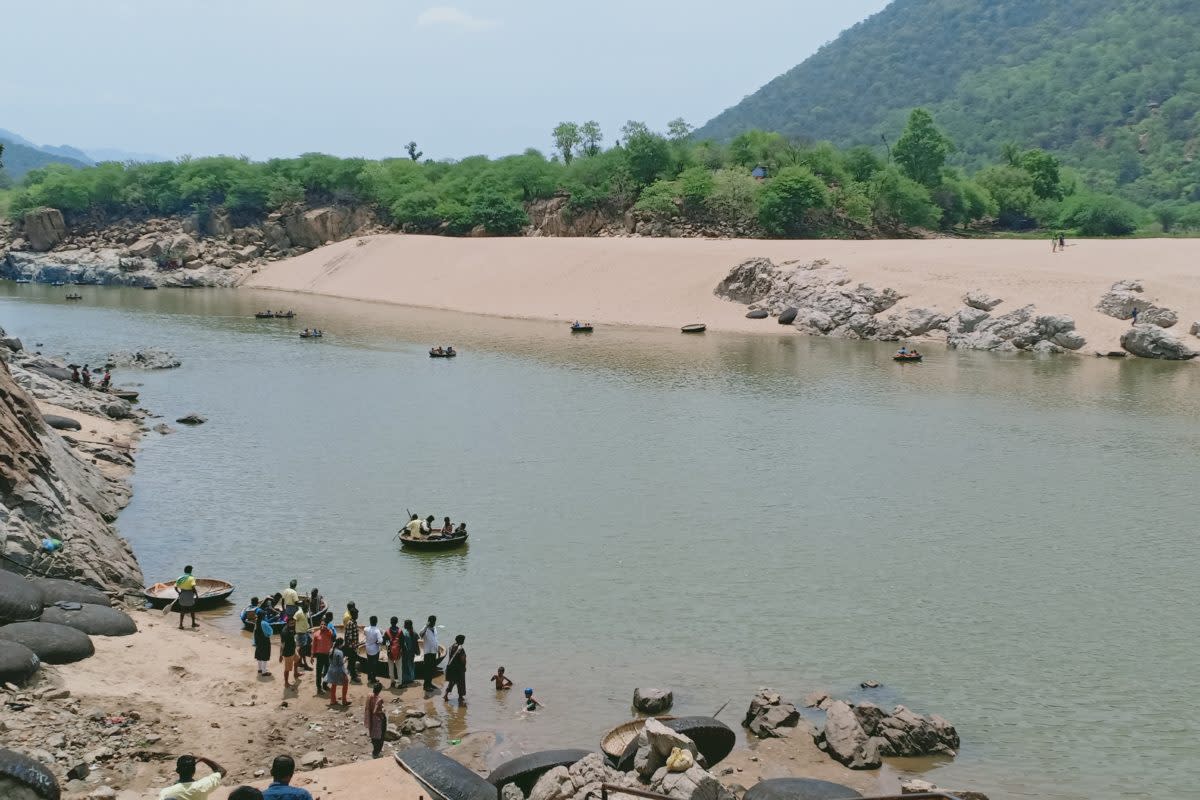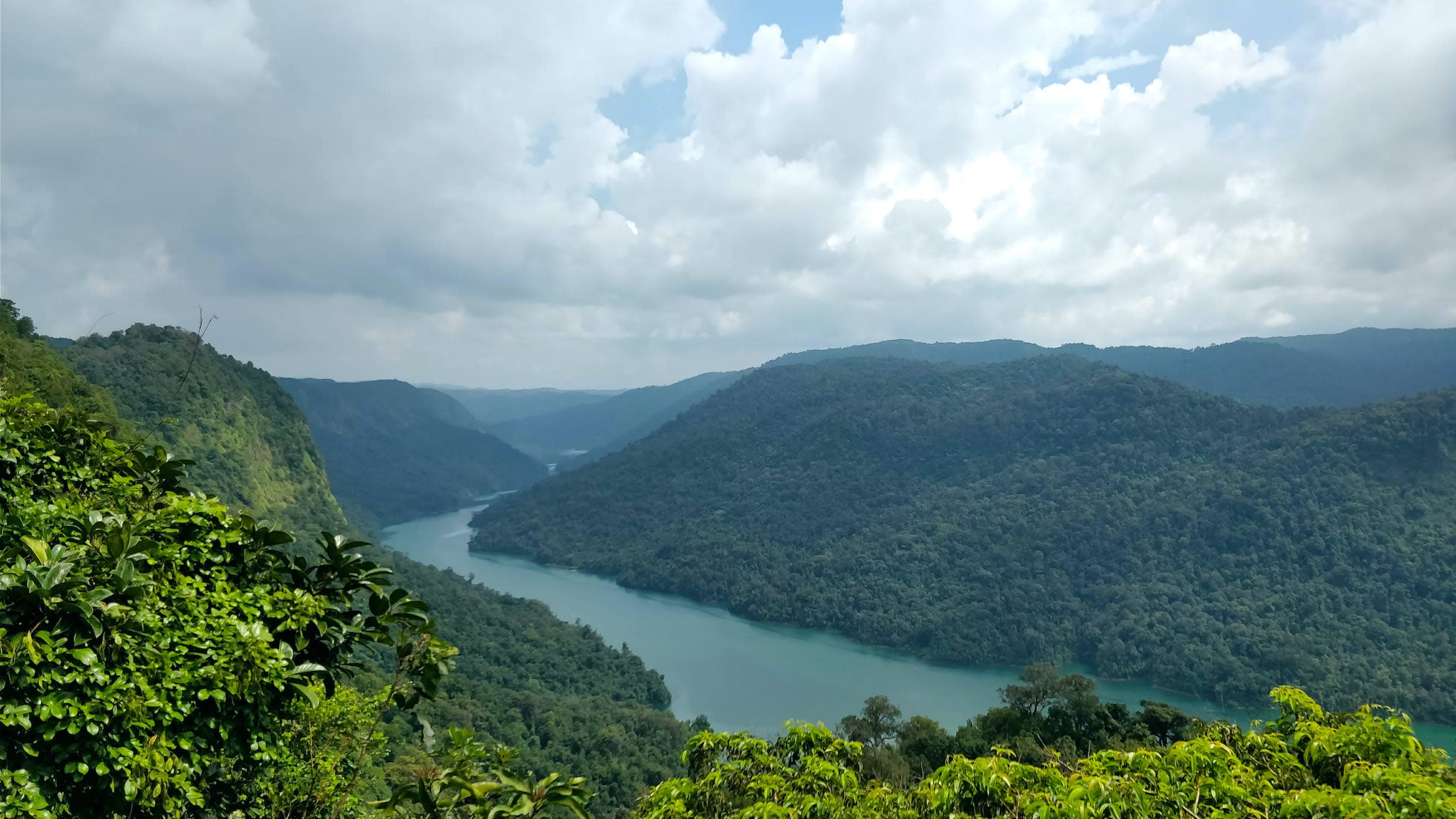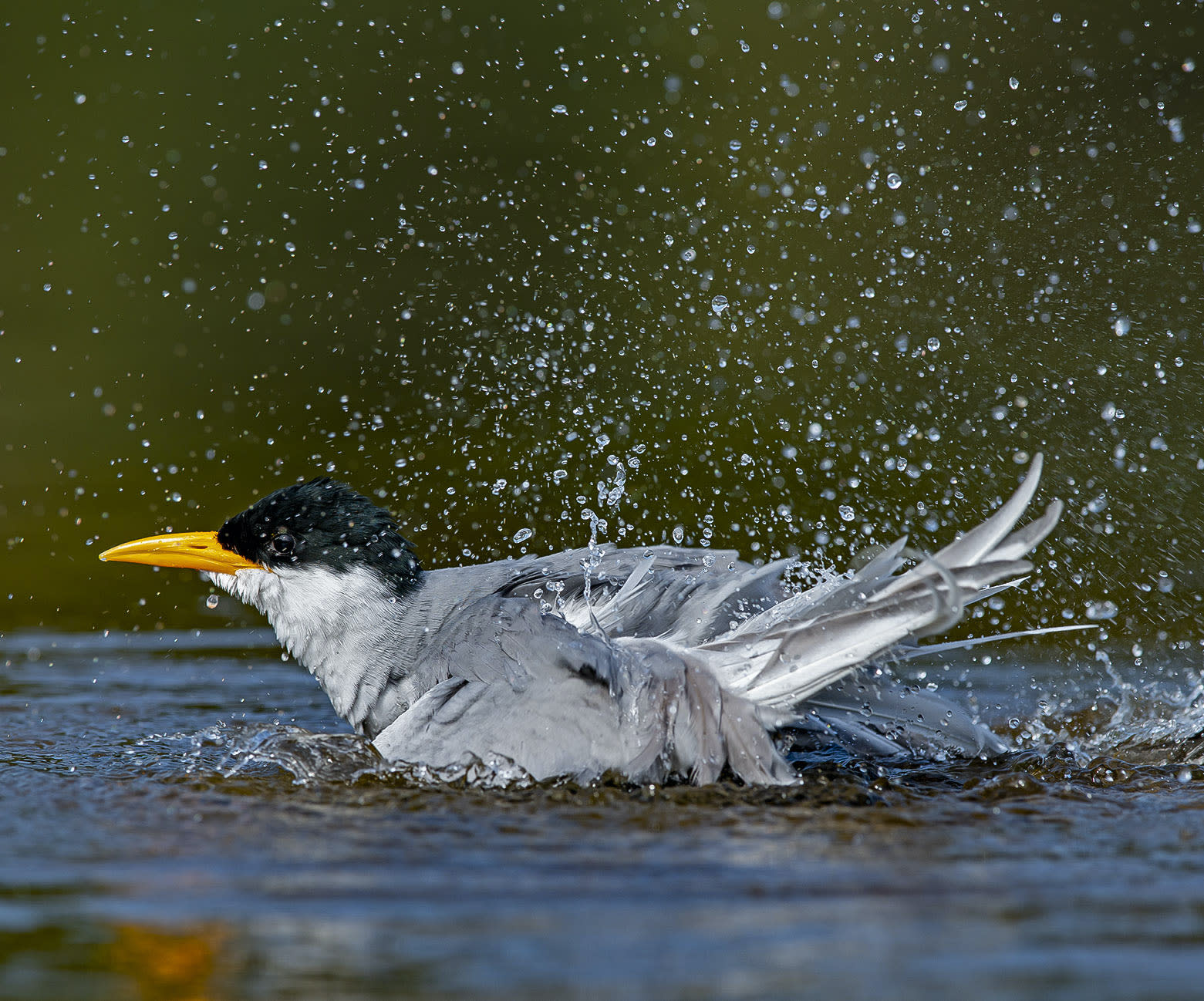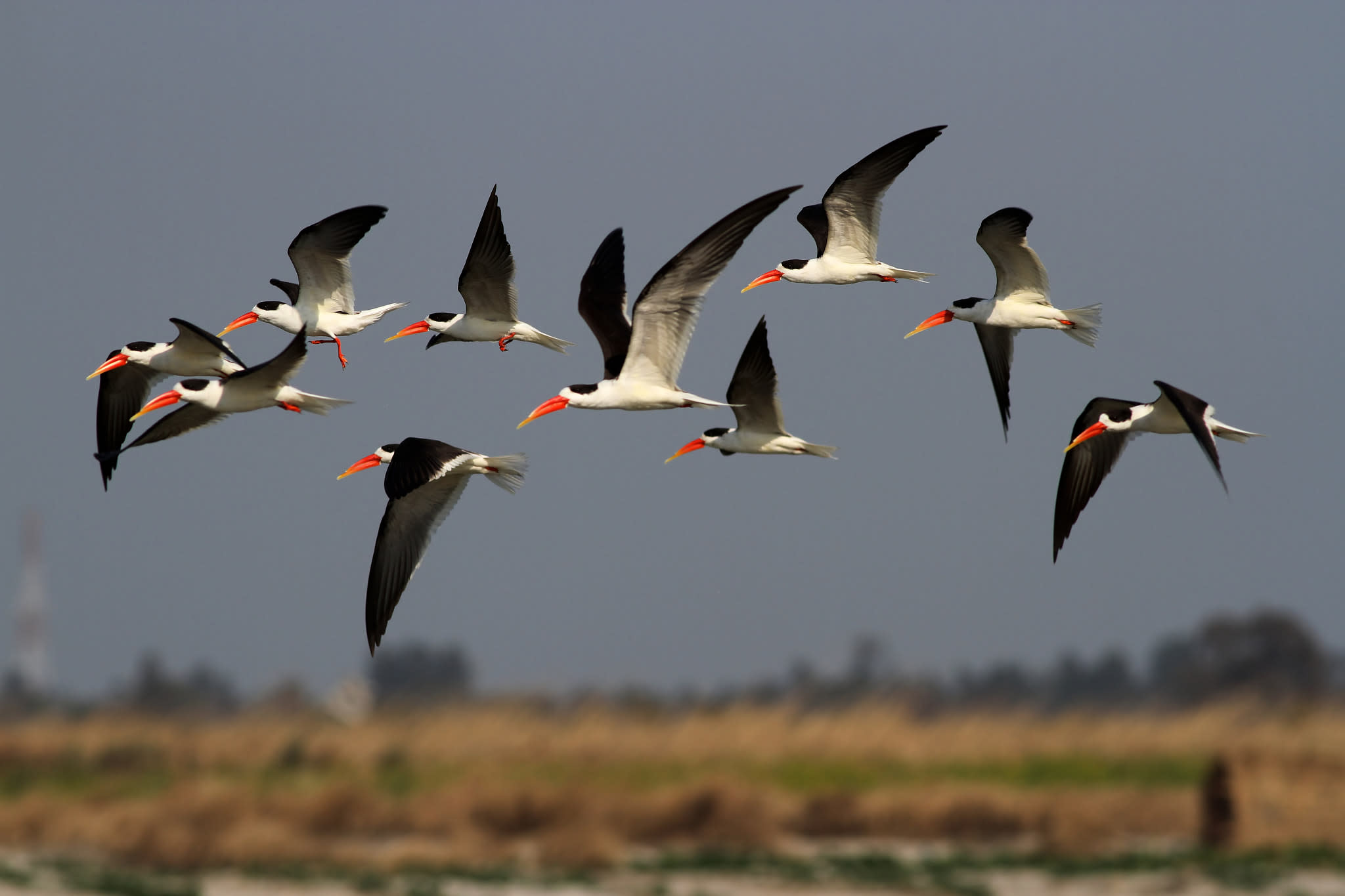Rivers
What are Rivers?
Rivers are natural flowing freshwater bodies that travel from higher elevations to lower ones, usually emptying into oceans, seas, or lakes. They are formed by rain, melting snow, springs, or glaciers, and follow a defined path.
How Many Major Rivers Does India Have?
India is home to more than 400 rivers. They are classified into major Himalayan rivers, which are perennial and glacier-fed, and Peninsular rivers, which are mostly rain-fed and seasonal. The Ganga, Yamuna, and Brahmaputra are among the largest Himalayan rivers. Peninsular rivers are rivers that originate in the Peninsular India, mainly from the Western Ghats, central highlands, or other elevated regions. Rivers such as Godavari, Krishna, and Cauvery originate in the Western Ghats and flow eastward.
The country also has eight major river systems—Indus, Brahmaputra, Ganges, Narmada, Tapi, Godavari, Krishna, and Mahanadi—each playing a vital role in shaping India’s geography, ecology, and livelihoods.
What Kind of Biodiversity Do Rivers Support: From Dolphins to Kingfishers
Rivers are lifelines of biodiversity, sustaining a wide range of species—from freshwater dolphins and otters to kingfishers, river terns, crocodiles, and fish. They also support some of India’s most biodiverse habitats. For example, the Coringa Wildlife Sanctuary in Andhra Pradesh, located along the Godavari River delta, is one of the largest stretches of mangrove forests in southern India. The Kaziranga and Dibru-Saikhowa National Parks in Assam lie along the Brahmaputra and are rich in wetlands and wildlife. Similarly, the Chambal River supports critically endangered species like the gharial and Indian skimmer.
River ecosystems also give rise to floodplains, wetlands, estuaries, and mangrove forests, which are vital for both wildlife and people.
Why our Rivers are in Trouble?
But today, many rivers are in trouble. They are dammed, diverted, polluted, or mined. Sand extraction, untreated sewage, and construction have changed the way rivers flow and function.
These threats harm biodiversity, reduce water availability, and endanger both ecosystems and human livelihoods.








